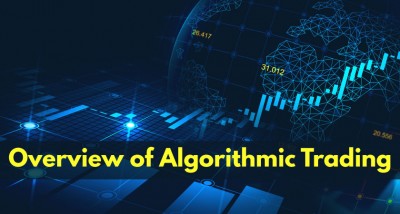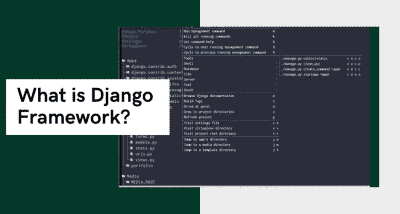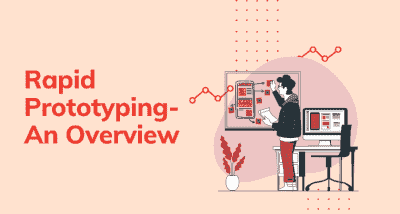ROBOT DEXTERITY
- Amruta Bhaskar
- Dec 18, 2019
- 0 commentaires
- 2990 Vues

In the robotics world, the word “dexterity” is often found to be in use. Robot manufacturers use it to describe their robots as dexterous. They don’t want food and water as they need a power source. Batteries are the highest source of electrical power of robots. The robot type of battery varies depending on the safety, life cycle, and weight. Robot dexterity is likely to have an even greater impact on both business and everyday life.
The classic robotic arm is prepared of seven metal segments which are joined by six joints. The computers control the individual rotating step motors that are connected to each joint of robot.
Robert Platt, Computer Science professor and Head of the Helping Hands Robotics lab at North-eastern says that “Robot manipulation is the next shoe to drop. Imagine a robot that can do things with its hands in the real world, anything from defusing a bomb to doing your laundry. This was a dream in the research community for years, but now we’re finally getting to the point where it could actually happen.”
Platt says that in the capability of robots to perform fine motor tasks and function in uncontrolled environments, recent advances of Machine Learning, BigData, and robotics has put us on the threshold of a quantum leap. There is a difference between the robots that can do repetitive tasks in a highly-structured factory environment and a new era of anthropoid robots that can do meaningful work in the actual world.
In the field of Artificial Intelligence and Robots, a phenomenon called Moravek’s Paradox is recognised. This paradox explains that the tasks that are hard for humans are relatively easy for robots and the tasks that are easy for humans are almost impossible for robots.
Robots can be programmed to conduct computational skills; to overthrow an international chess champion, but it is struggling to give the dexterity of a 2 year-old. Finding and grasping a pencil in a random pile of office supplies is closely impossible for a robot, and opening a door and walking into a room as demonstrated in this latest international robot competition can look like a scene from a slapstick comedy.
The complex skills such as visual, sensory, and motor skills for many years are deeply rooted in human circuitry which we perform unconsciously as humans is a result of evolution.
In spite of huge challenges, Platt says independent robots are poised to make enormous leaps in their talent to manipulate unfamiliar objects. At the Helping Hands Lab, Platt and his team have trained a robot to find, grab, and remove unfamiliar objects from a quantity of clutter with 93 per cent accuracy. Previously, they could only see the world as a flat field of seemingly random colours. But now with this major advance in-depth perception which was essential for robots to work in an uncontrolled environment with the new 3-D perception view, they are able to identify the individual objects in a crowded field.
As a part of NASA grant, Platt’s lab newly built a robotic hand prepared with tactile sensors and developed new algorithms for interpreting the tactile data. “In order to insert a key into a lock, the robot needs to know exactly how its holding the key, down to the millimetre,” so this newly developed algorithm can localize these kinds of grasped objects very accurately.”
Nothing in this world like animal or robot comes close to the flexibility and dexterity of the human hand. Elon musk founded non-profit open AI, the engineers who work their presented both a challenge and an opportunity.
With the help of artificial intelligence creating more dextrous robots would be an enormous boon to companies which are trying to automate manual labour, actively there is the number of start-ups pursuing research in this area. But by improving the state of the art in robotics would certainly allow more jobs to be automated.
It’s clear that Artificial Intelligence still has a way to go before it can match humanity’s motor skills. Talents that took Dactyl nearly a hundred years of learning can be picked up by a human with “only very few trials, with new objects and tasks”. But undoubtedly the machines are catching up, faster than ever.
Dexterity creates new opportunity by the extensive programming and custom change that required to perform specific tasks, though expensive, it provides unparalleled opportunities for growth in both technologically and financially. For example, imagine that each of those arms contributing to the construction of a car might perform multiple tasks and adapt on the fly. It would not only make the facility itself more versatile and productive, but it also reduces the number of robots needed in the first place. These factors play into an important aspect of the financial viability of paying for new technologies.
While robots work at a slower speed than humans, robots do not take breaks like to use the bathroom, or eat lunch. Moreover, if robots are monitored properly it can work throughout the night. Technology destined to continue growing and becoming more flexible that would not be surprised to see this new generation of robots as it becomes even more common in the warehouse. It is definitely possible for robots to perform even more complex tasks in the future by better programming and testing, may be limited by time and resources available to invest in this new research and development.
But it’s not all destiny and despair for humanity and its workers. While a robot may replace a worker or two inability, their implementation will also create new jobs. From designers and programmers to mechanics and trouble-shooters, the deployment of robotics is required humans to keep running easily and efficiently.
Beyond this encouraging fact, the human hand is still the most adaptive tool on the planet, and will not be replaced very soon. While engineers are working hard to make robots more expert at performing delicate tasks, it will be many years for a machine to replace humans in the workplace.
The combination of polymers which can expand and apply the proper amount of the pressure to exact objects that allows new robots to grasp and lift things their predecessors could not. Further, the initiation of artificial intelligence means that robots can now process information, such as data that is provided by cameras, to assess the type of object and its location which is allowing them to adjust on the fly. Machine learning allows these fresher robots to learn from mistakes and improve their own performance by increasing the productivity of the entire facility.














